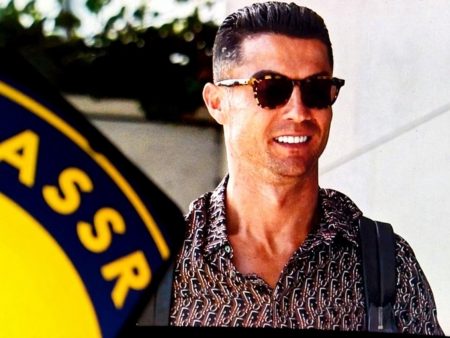Understanding Soccer Positions: Names, Numbers, and Essential Roles
Soccer’s dynamic beauty comes from its blend of structure and creativity. At the heart of every match are the various roles that players fill—each with specific responsibilities and skills. Whether you’re a newcomer or looking to deepen your knowledge, this guide breaks down all the soccer positions by category, explains their individual duties, showcases famous examples, and explores how the numbering and terminology have evolved in the modern game.
Core Categories of Soccer Positions
A standard soccer team consists of four broad positional groups:
– Goalkeepers
– Defenders
– Midfielders
– Forwards
Within these categories, you’ll find specialist positions, each serving unique purposes on the pitch. While tactics and roles evolve, these core groups shape every team’s approach and structure.
Overview: The 11 Main Positions in Soccer
Each starting team fields 11 players, each assigned to a specific role. Here’s a breakdown of the standard positions that make up a soccer lineup:
– Goalkeeper
– Right Back (Full-back/Wingback)
– Left Back (Full-back/Wingback)
– Two Center-Backs
– Central/Holding Midfielder(s)
– Wingers/Wide Forwards
– Central Midfielder/Box-to-Box Midfielder
– Attacking Midfielder (Playmaker/Number 10)
– Striker (Center-Forward)
Let’s explore each position in depth.
Goalkeeper: The Last Line of Defense
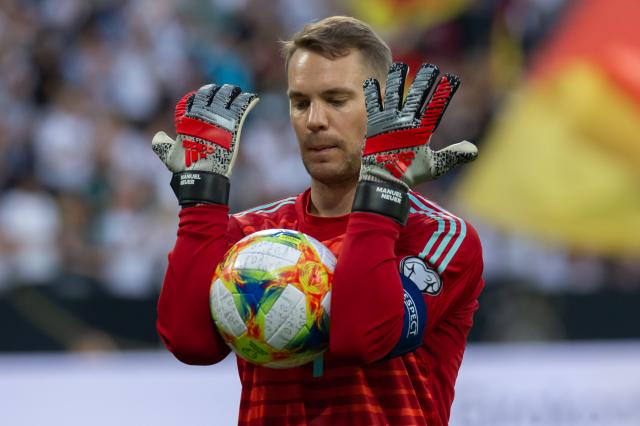
The goalkeeper (GK) is the backbone of any team’s defense. Positioned closest to the goal, their main responsibility is to stop opposing teams from scoring—whether by shot-saving, intercepting crosses, or organizing the backline. Modern goalkeepers are also expected to initiate passing sequences and play with their feet, fitting into possession-based tactics.
Essential Skills: Quick reactions, good communication, agility, hand-eye coordination, distribution.
Iconic Goalkeepers: Manuel Neuer, Gianluigi Buffon, Iker Casillas, Peter Schmeichel, Lev Yashin.
Full-Backs and Wingbacks: Defensive and Attacking Engines
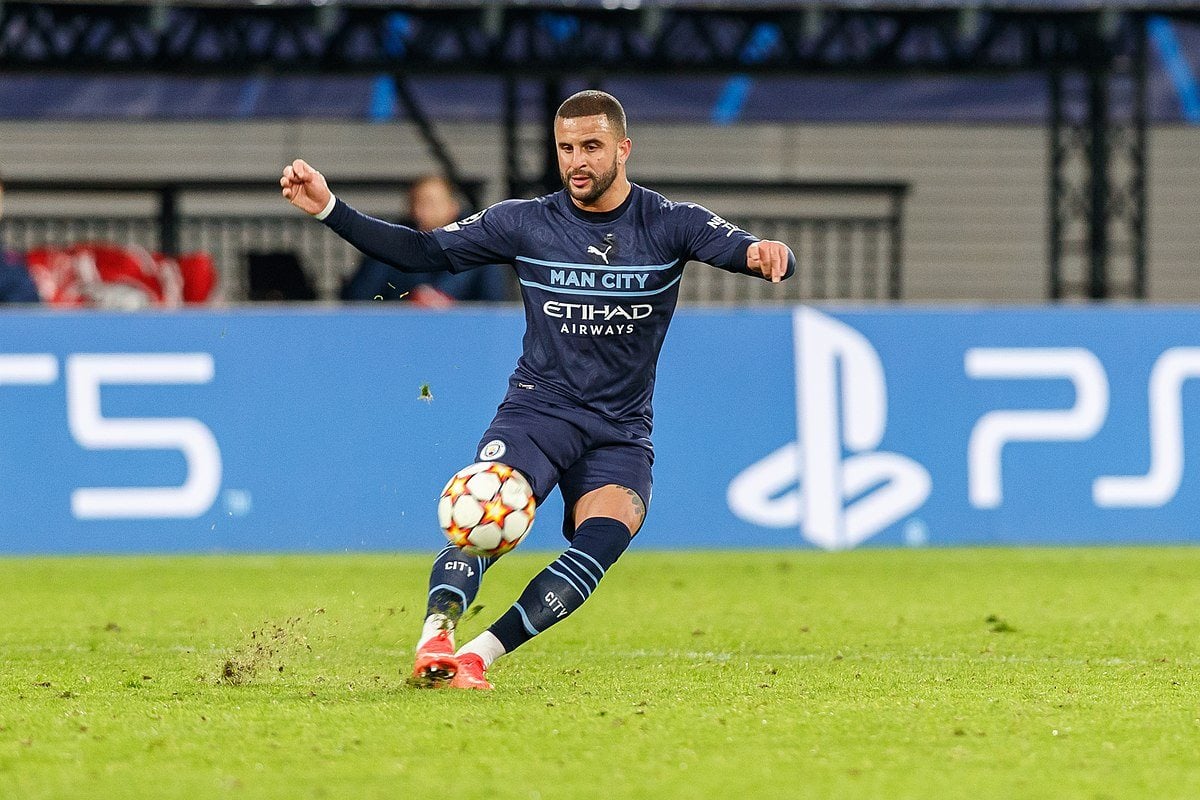
Full-backs play along the defensive flanks—right-back (RB) and left-back (LB)—helping neutralize opposing wingers and supporting central defenders. While traditionally focused on defense, today’s full-backs often surge forward, overlap, and deliver crosses, blurring the line with wingbacks (RWB/LWB), who play higher and focus more on attacking support.
Success Factors: Speed, fitness, tackling, positioning, crossing, tactical flexibility.
Renowned Full-Backs/Wingbacks: Trent Alexander-Arnold, Dani Alves, Roberto Carlos, Phillip Lahm, Ashley Cole, Kyle Walker.
Center-Backs: Central Pillars of Defense
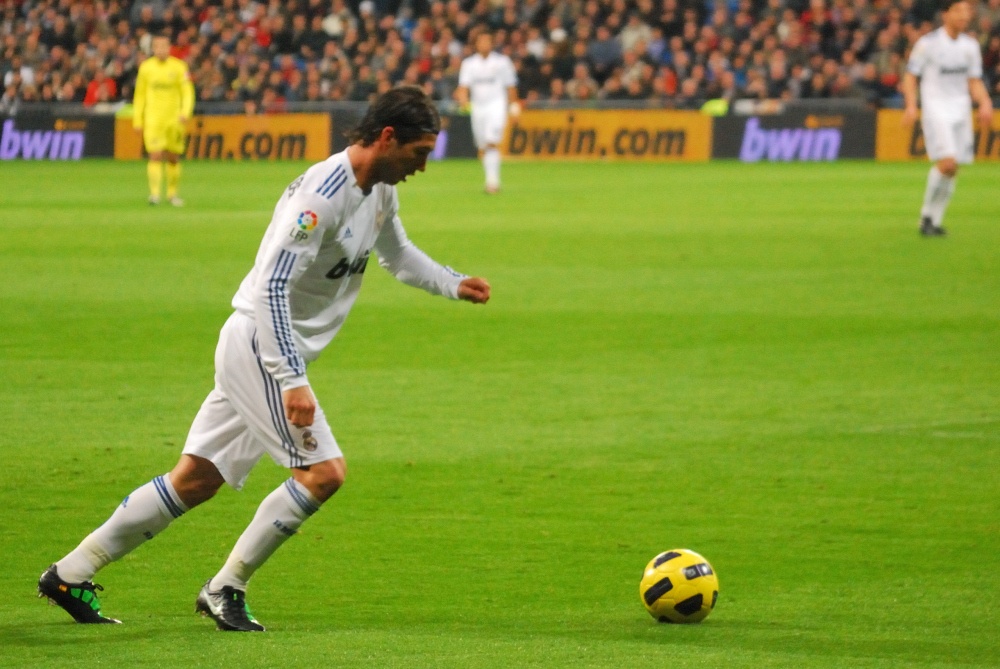
Center-backs (CB), often referred to as central defenders, guard the central area in front of their goal. Their mission includes intercepting passes, marking opposing forwards, winning aerial duels, and clearing threats. Some are “ball-playing” defenders adept at starting attacks, while others focus on rugged, physical defense.
Key Abilities: Physical strength, leadership, tackling, anticipation, heading, passing.
Legends in this Role: Sergio Ramos, Virgil van Dijk, Paolo Maldini, Carles Puyol, Franz Beckenbauer.
Central Midfielders: The Team’s Link and Brain
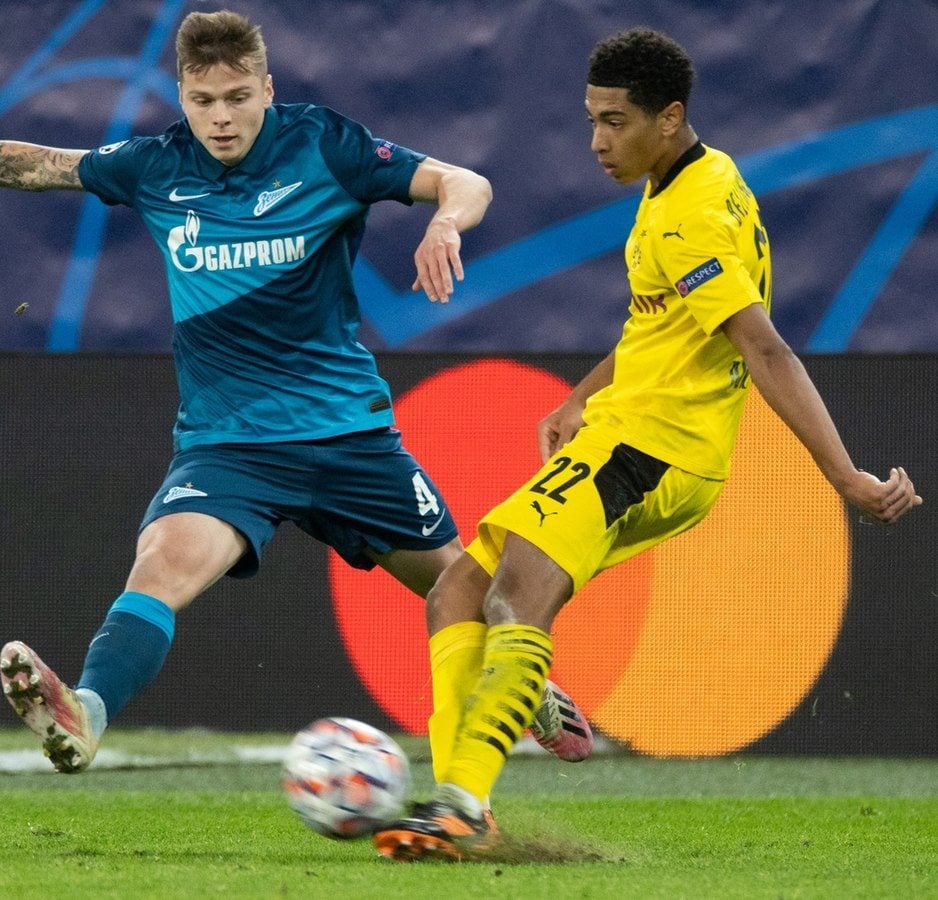
The midfield is often described as soccer’s “engine room.” Central midfielders (CM) are incredibly diverse—some prioritize defense, others support attacks, and the best do both. Their variations include:
– Defensive Midfielder (CDM): Screens the defense, breaks up plays, and distributes the ball.
– Box-to-Box Midfielder: Covers tremendous ground, contributing to both defense and attack.
– Number 8: Orchestrates possession and tempo, linking defense and offense.
– Attacking Midfielder (Number 10): Creates opportunities and supports forwards near the opposition goal.
Versatility is crucial—players like Jude Bellingham have shown they can fill multiple midfield duties seamlessly.
Vital Skills: Vision, passing, composure, ball control, tactical awareness, tackling, stamina.
Notable Central Midfielders: Jude Bellingham, Luka Modrić, Xavi, Andrés Iniesta, Kevin De Bruyne, Zinedine Zidane.
Wingers and Wide Forwards: Masters of the Flank
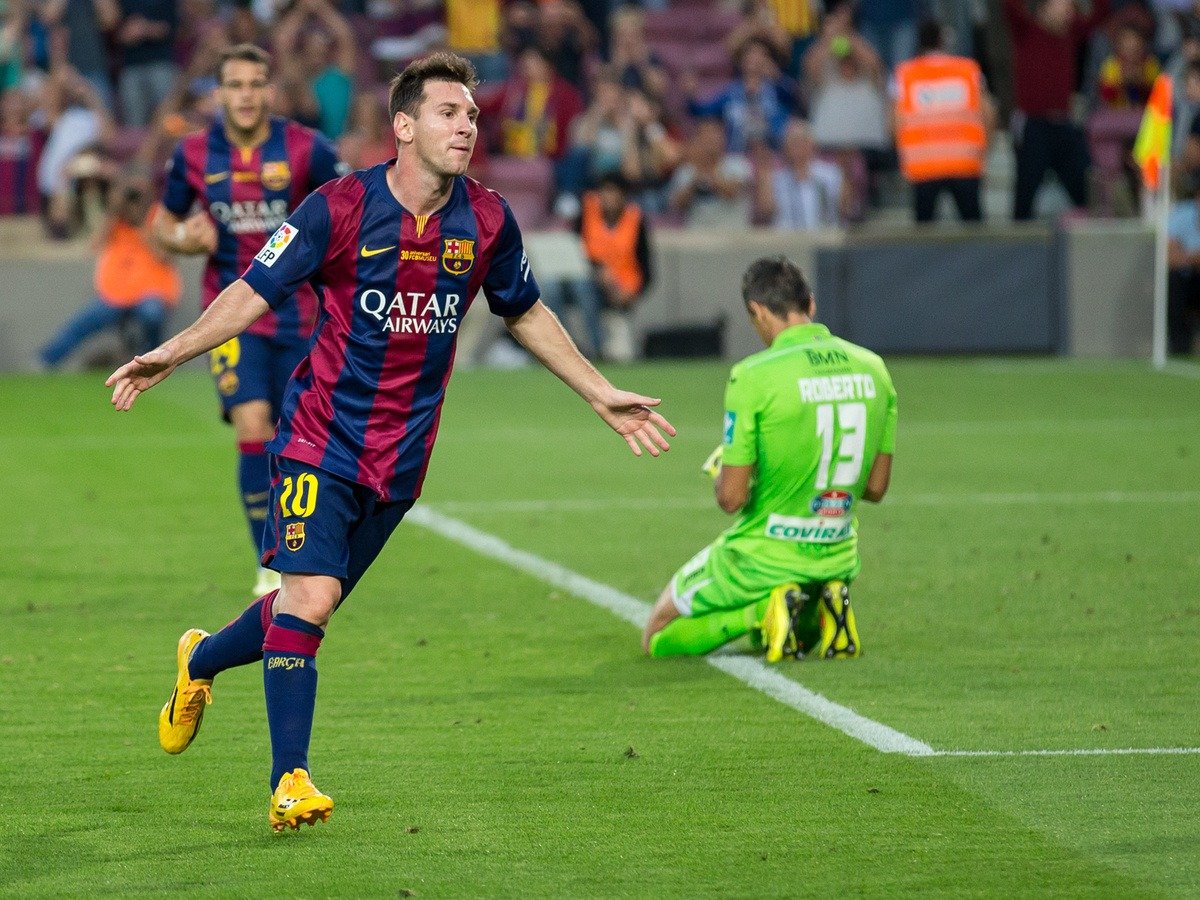
Operating close to the sidelines, wingers (RW/LW) and wide forwards are attack-minded players who deliver width to their team. They challenge defenders with pace and dribbling, cross balls into the box, and often cut inside to shoot or play incisive passes.
Important Qualities: Acceleration, dribbling, crossing, creativity, tactical awareness.
Famous Wingers: Lionel Messi, Mohamed Salah, Arjen Robben, Ryan Giggs, Neymar.
Strikers and Center-Forwards: The Team’s Finishers
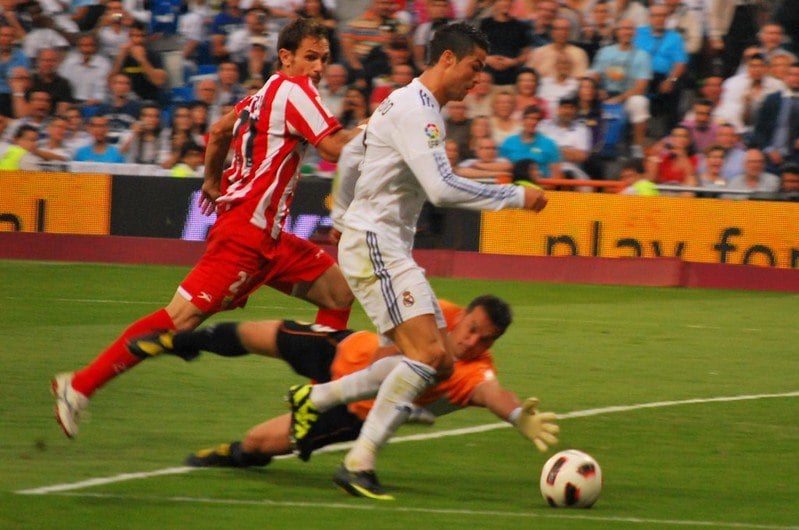
Strikers (ST) and center-forwards (CF) are focused on one thing above all: scoring goals. Positioned centrally, they often combine strength, agility, and technical ability to exploit defensive gaps. The best strikers also contribute to playmaking and press opposition defenders.
Essential Striker Traits: Finishing, off-the-ball movement, awareness, composure, heading.
Legendary Strikers: Cristiano Ronaldo, Pelé, Gerd Müller, Harry Kane, Erling Haaland.
Popular Soccer Formations and Their Influence
A soccer formation refers to the arrangement of players on the pitch. Coaches determine formations to suit strategies, player strengths, and match situations. Some of the most common formations in contemporary football include:
– 4-4-2 (four defenders, four midfielders, two forwards)
– 4-3-3 (four defenders, three midfielders, three forwards)
– 4-5-1, 4-3-2-1, 3-5-2, 5-4-1, and the 4-1-2-1-2 diamond
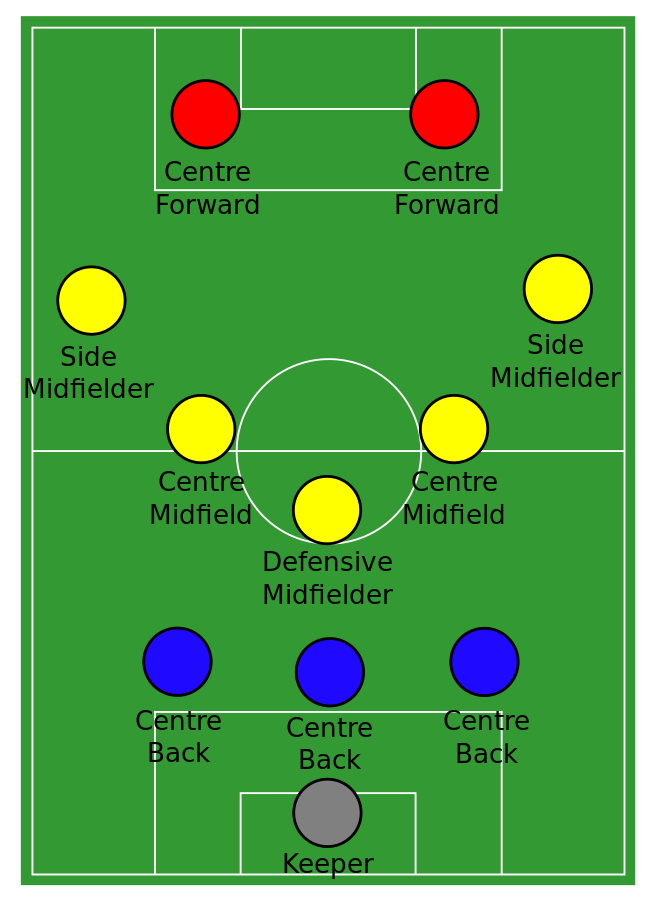
Each formation balances defense and attack differently, and modern teams often adapt their shape multiple times during a game.
Position Numbers: The Tradition Behind Soccer Shirts
Players are assigned shirt numbers, which historically corresponded to their role on the field. Although star players sometimes pick unusual numbers for personal reasons, the classic 1–11 jersey set typically maps like this:
| Number | Traditional Position |
|---|---|
| 1 | Goalkeeper |
| 2 | Right-back |
| 3 | Left-back |
| 4 | Center-back (or Defensive Midfielder) |
| 5 | Center-back |
| 6 | Defensive/Central Midfielder |
| 7 | Right Winger or Wide Forward |
| 8 | Central/Box-to-Box Midfielder |
| 9 | Striker/Center-forward |
| 10 | Playmaker/Attacking Midfielder |
| 11 | Left Winger or Wide Forward |
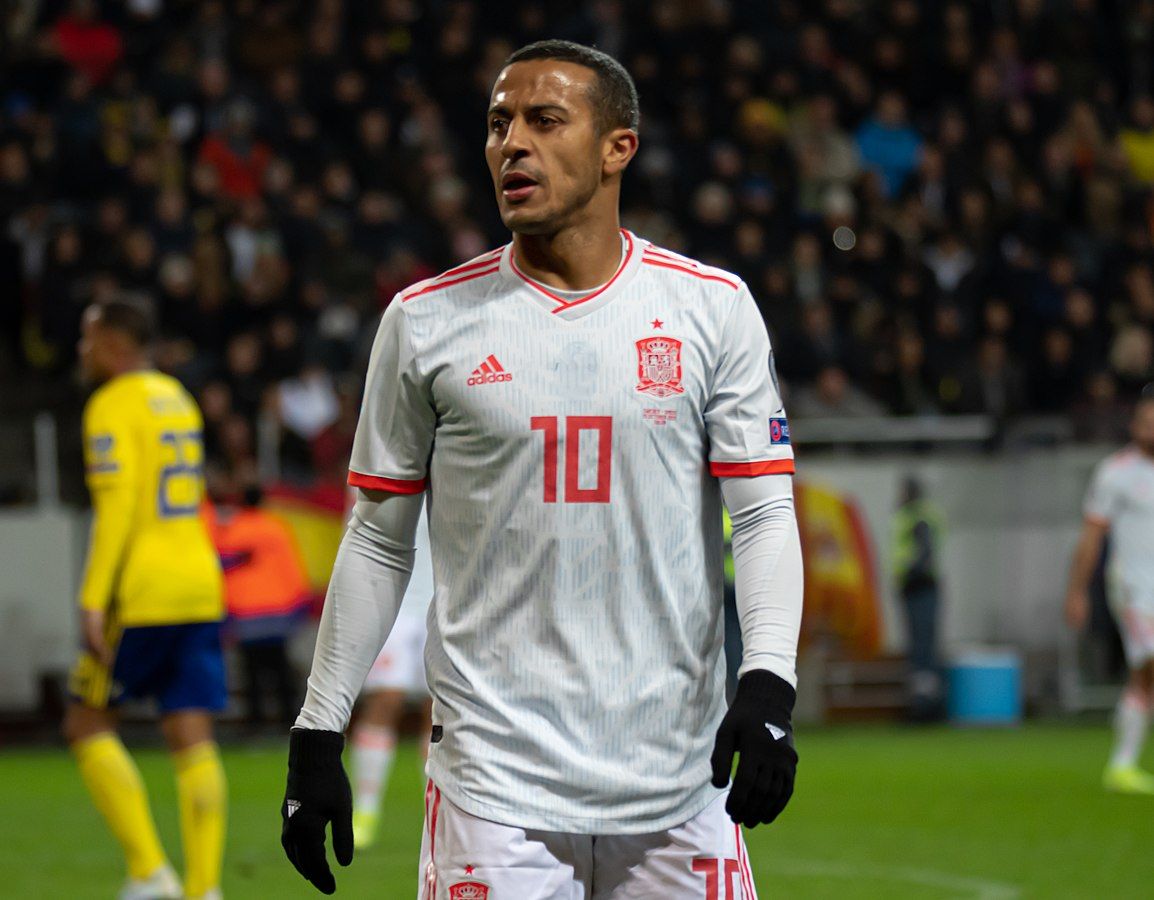
Individual choice and squad number variations aside, these classic assignments are still widely recognized by fans and professionals.
Useful Soccer Position Abbreviations
On team sheets, in broadcasts, and in soccer games, positions are often abbreviated for clarity. Here are the most commonly used shorthand labels:
- GK – Goalkeeper
- CB – Center-back
- RB – Right Full-back
- LB – Left Full-back
- RWB – Right Wing-back
- LWB – Left Wing-back
- CDM – Central Defensive Midfielder (Holding Midfielder)
- CM – Center Midfielder
- AM – Attacking Midfielder
- RW – Right Winger
- LW – Left Winger
- CF – Center Forward
- ST – Striker
These acronyms help fans, players, and analysts discuss tactics and lineups with ease.
Soccer Positions: Frequently Asked Questions
Still have questions about how soccer positions work? Here are concise answers

